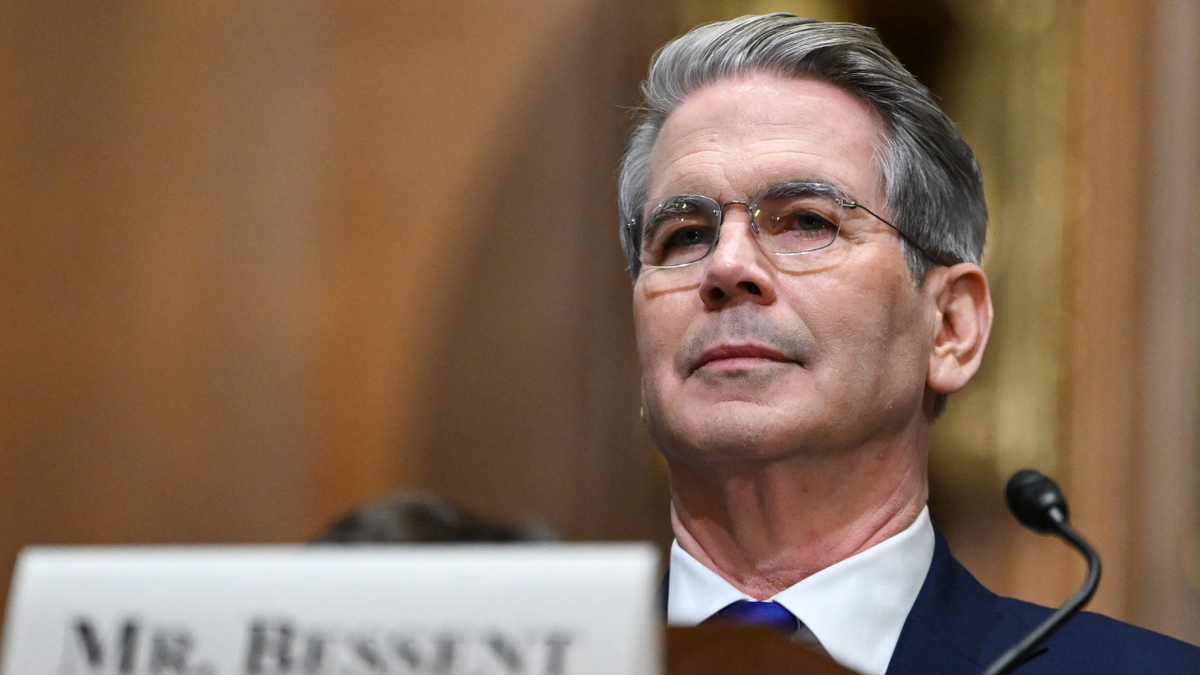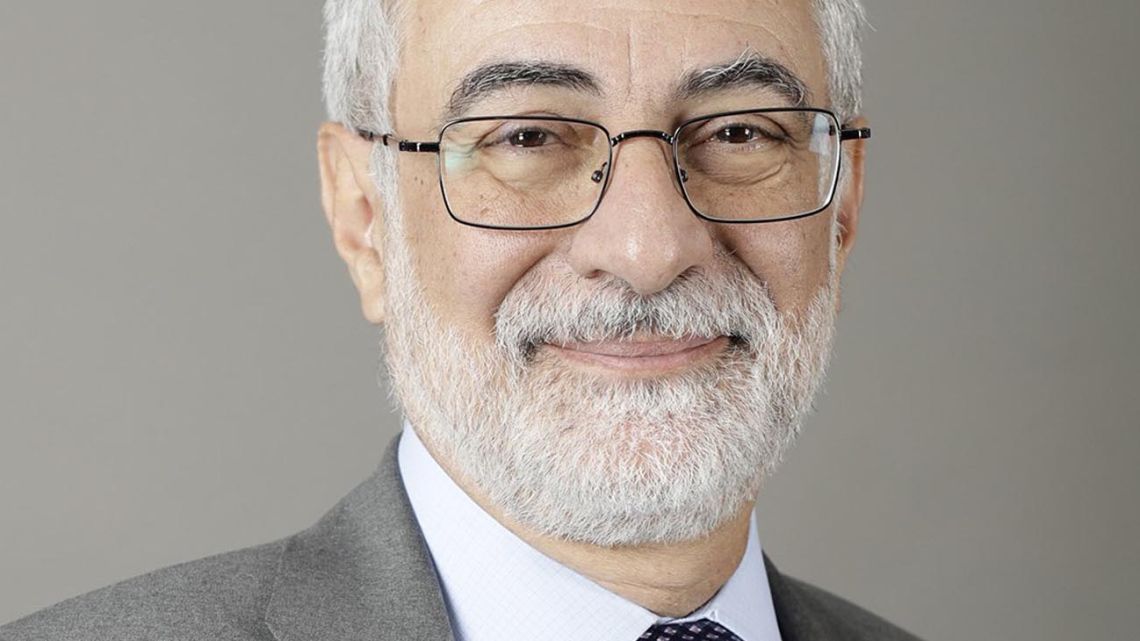President Donald Trump declared a 25% tariff on cars not made in the U.S. on March 26, 2025, from the Oval Office, lifting the current 2.5% duty.
He targets a $474 billion auto import market to revive American manufacturing, a strategy echoing past U.S. protectionism. After reclaiming power on January 20, he ties this to national security, citing a 2019 Commerce Department report.
Historical parallels abound. In 1964, President Lyndon Johnson slapped a 25% tariff on light trucks—the “Chicken Tax”—to counter European poultry duties.
It forced firms like Volkswagen to build U.S. plants, much like Trump hopes now with $220 billion in annual car imports from Mexico, Japan, and Canada. Supporters, including United Auto Workers president Shawn Fain, praise it as a job-saver, arguing it corrects decades of trade imbalances.
Critics, however, see risks. Experts predict price jumps—$3,000 for U.S.-made cars, $6,000 for those from Canada or Mexico—straining buyers in a $50,000 average new-car market from 2024’s 16 million sales.
 Trump’s 25% Auto Tariff Revives History’s Trade Playbook. (Photo Internet reproduction)
Trump’s 25% Auto Tariff Revives History’s Trade Playbook. (Photo Internet reproduction)The 1930 Smoot-Hawley Act, raising duties by 20%, aimed to shield industries but triggered retaliation, cutting exports by 61% and worsening the Depression. Today, allies signal reprisals as Trump’s April 3 deadline looms.
U.S. Manufacturing Faces Uncertainty Amid Tariff Plans
The industry, employing over a million, depends on 60% foreign parts for U.S.-assembled vehicles. Manufacturers brace for disruption, though some, like Hyundai, pledge new factories—wins Trump touts.
The 1828 “Tariff of Abominations” protected Northern factories but enraged the South, hinting at division risks now. Markets wobble as automaker stocks dip, recalling 2002, when Bush’s steel tariffs gained some jobs but lost 26,000 elsewhere.
Trump pairs this with broader April 2 reciprocal tariffs, building on duties against steel, aluminum, and Chinese goods over fentanyl. Fain sees a manufacturing revival; detractors fear cost hikes and trade rifts.
History shows mixed outcomes—Johnson’s tariff reshaped production, Smoot-Hawley backfired. As Trump bets on forcing jobs home against a global backlash, the U.S. tests a familiar, high-stakes path once more.

 By The Rio Times | Created at 2025-03-27 11:45:10 | Updated at 2025-04-05 21:27:43
1 week ago
By The Rio Times | Created at 2025-03-27 11:45:10 | Updated at 2025-04-05 21:27:43
1 week ago








